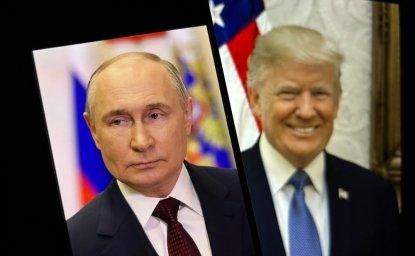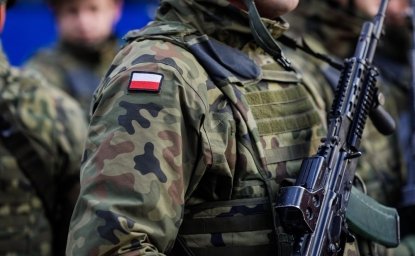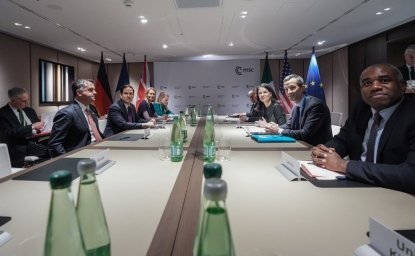Last week, the Trump Administration announced the withdrawal of nearly 12,000 troops from Germany and a plan to move the headquarters of US European Command from Germany to Belgium. The decision has sparked bipartisan congressional opposition and is seen as a blow to NATO and a move that will possibly weaken the US military’s position toward Russia. The Kennan Institute recently asked several of our experts to weigh in on this developing story and consider the following questions:
1. What are the implications of the removal of American troops from Germany, the move of an army corps headquarters to Poland, and possible future rotations of troops further East for NATO members and other regional states?
2. What are the implications for the US-Russia and NATO-Russia relationship, if any?
3. What might the impact of the troop transfers be on regional security issues in the European theater both in the short and long term?
This compilation is one in an occasional series highlighting the expertise of Kennan Institute scholars and staff.
Click Below to Read Each Expert's Analysis
-
Jeffrey Edmonds, Research Scientist, CNA; and Global Fellow, Kennan Institute
-
Jason Gresh, US Army Foreign Area Officer Eurasia Fellow, Kennan Institute
-
Katarina Kertysova, Policy Fellow, European Leadership Network; and Global Fellow, Kennan Institute
-
Igor Zevelev, Global Fellow, Kennan Institute
-
Brig. Gen. (ret.) Peter Zwack, Global Fellow, Kennan Institute
Authors

Senior Research Scientist, Center for Naval Analyses

United States Army

Policy Fellow, European Leadership Network (ELN)

Former Professor at George Marshall European Center for Security Studies; Former Director, MacArthur Foundation, Moscow Office

Former U.S. Army Brigadier General, served in Moscow from 2012 to 2014 as the U.S. senior defense official and attaché to the Russian Federation

Kennan Institute
After more than 50 years as a vital part of the Wilson Center legacy, the Kennan Institute has become an independent think tank. You can find the current website for the Kennan Institute at kennaninstitute.org. Please look for future announcements about partnership activities between the Wilson Center and the Kennan Institute at Wilson Center Press Room. The Kennan Institute is the premier US center for advanced research on Eurasia and the oldest and largest regional program at the Woodrow Wilson International Center for Scholars. The Kennan Institute is committed to improving American understanding of Russia, Ukraine, Central Asia, the South Caucasus, and the surrounding region through research and exchange. Read more

Explore More
Browse Insights & Analysis
Trump Speaks with Putin in Effort to End Russia-Ukraine War

From Partner to Ally: Sweden’s First Year in NATO

“Security, Europe!”: Poland's Rise as NATO's Defense Spending Leader






